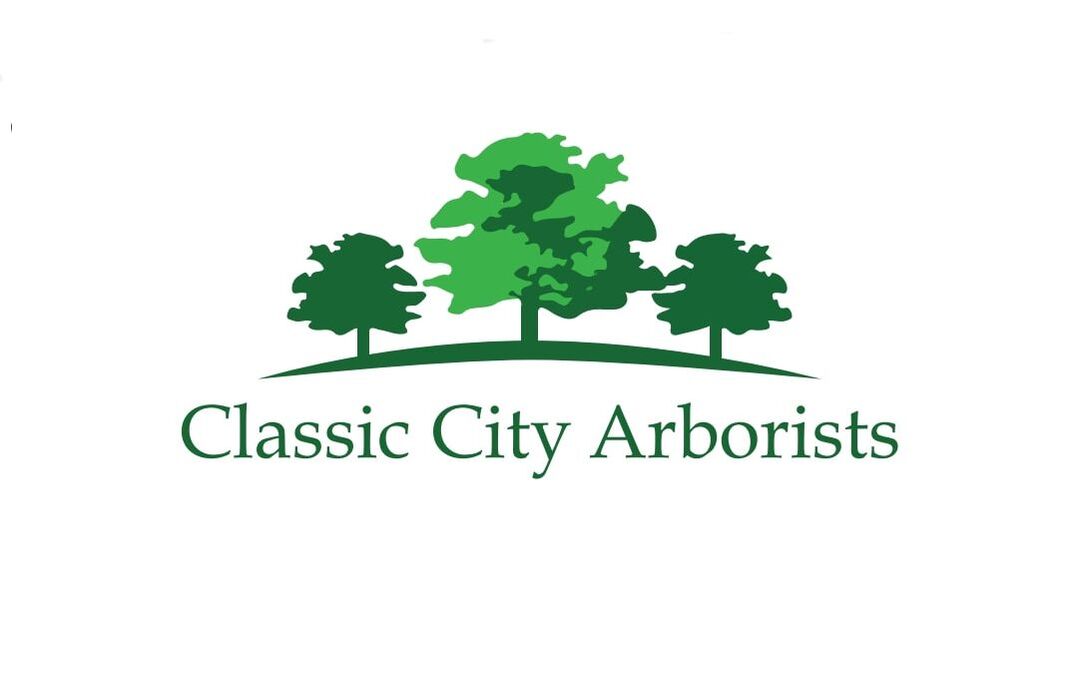|
News and Blog Articles
|
|
Quercus alba, more commonly known as the white oak tree, is one of the most important trees in America. These gentle giants are native to the continent, and can be found from Florida all the way to Canada, and as far west as Minnesota. Their presence helps encourage native biodiversity and discourage invasive species. White oak is heavily relied on in the lumber industry, and can be used for everything from furniture to houses. White oaks get their name from the color of newly-cut wood, which is much lighter on the inside. The bark on the outside is an ashy grey color, and grows in flaky plates that overlap, creating a series of furrows and scales. Eventually, older bark layers will fall to the ground and be replaced with new ones. Many white oak owners see the pieces of bark littering the ground and worry their tree is diseased or otherwise dying. But the flaking bark is completely natural. Did You Know?The white oak is the official state tree of Connecticut, Illinois, and Maryland! The branches of the white oak grow much lower to the ground than other tree species, and spread horizontally more so than vertically. This gives the tree an overall rounded appearance, as it grows nearly as wide as it is tall – which is saying something, because these trees reach average heights of 50 to 80 feet! Wild white oaks left undisturbed at moderate altitudes have been known to reach heights well over 100 feet, and can live as longs as 600 years. That growth doesn’t come easy, though. When young, white oaks may grow anywhere from 1 to 2 feet in a year, but as they age, that rate slows down considerably. The trunk of the white oak is generally just as massive as the rest of the tree, with an average diameter of 3 to 4 feet. White oaks prefer full sun or partial shade at all life stages, which means at least 4 or so hours of direct, unfiltered sunlight each day. They’re pretty adaptable to most soil textures and compositions, but deep soil is a must, as a white oak’s tap root (the main root that grows straight down) grows incredibly long. This long tap root makes these trees difficult to transplant, even when young – so if you plant one, be sure you’re absolutely confident in where you put it! Did You Know?The largest white oak tree on record was called the Mingo Oak, and lived in West Virginia. It stood 145 feet tall, with a crown spread of 96 feet and a trunk diameter of over 8 feet! The Mingo Oak lived to be almost 600 years old before it was cut down after succumbing to damage from local coal fire. A cross-section of the Mingo Oak is on display at the West Virginia State Museum. The leaves of the white oak are appropriately sized for the tree they grow on, and average anywhere between 4 and 8 inches long and 2 and 5 inches wide. Both sides grow 3 to 4 rounded lobes, with another rounded lobe at the tip. When they first sprout, the leaves are a soft, silvery pink color, and covered in soft, downy fuzz. Once they’re established, the leaves develop a bright green on the top with a softer, whiter green on the bottom. In the fall, white oak trees change to a mix of deep reds, reddish-purples, and dark oranges. White oak trees are what’s known as monoecious, which means they both male and female flowers on the same tree. The male flowers, called catkins, are skinny yellow clusters that hang down from the branches. On average, they sit around 4 inches long. The female flowers are smaller, reddish in color, and more spikey. In the fall, before the leaves drop, these flowers will produce acorns that are generally at least an inch long, with about a quarter of that covered by a warty cap. These acorns germinate quickly, within just a few days after falling from the tree, which makes them extremely easy to cultivate. It’s important to remember, though, that the acorns, along with the shedding bark and fall leaves, can present quite a ground litter problem – especially if they’re in your yard. But, if you don’t mind a little raking, white oaks make perfect shade trees in the hotter months, and will stand for generations to come. AuthorEmily Casuccio is sister and sister-in-law to Rebekah and Scott Rushing, and has over half a decade of experience in copywriting, copyediting, proofreading, and developmental storyboarding. She's worked with both published and undiscovered authors on both fiction and nonfiction, and takes pride in supporting local businesses. Her passion lies in the written word and helping authors of all capacities realize their dreams and achieve their fullest potential. To learn more about her, read samples of her work, or contact her, visit her online portfolio.
0 Comments
Your comment will be posted after it is approved.
Leave a Reply. |
Categories
All
Archives
January 2023
|
|
23 Whatever you do, work at it with all your heart, as working for the Lord, not for human masters,
24 since you know that you will receive an inheritance from the Lord as a reward. It is the Lord Christ you are serving.
Colossians 3:23-24
24 since you know that you will receive an inheritance from the Lord as a reward. It is the Lord Christ you are serving.
Colossians 3:23-24

